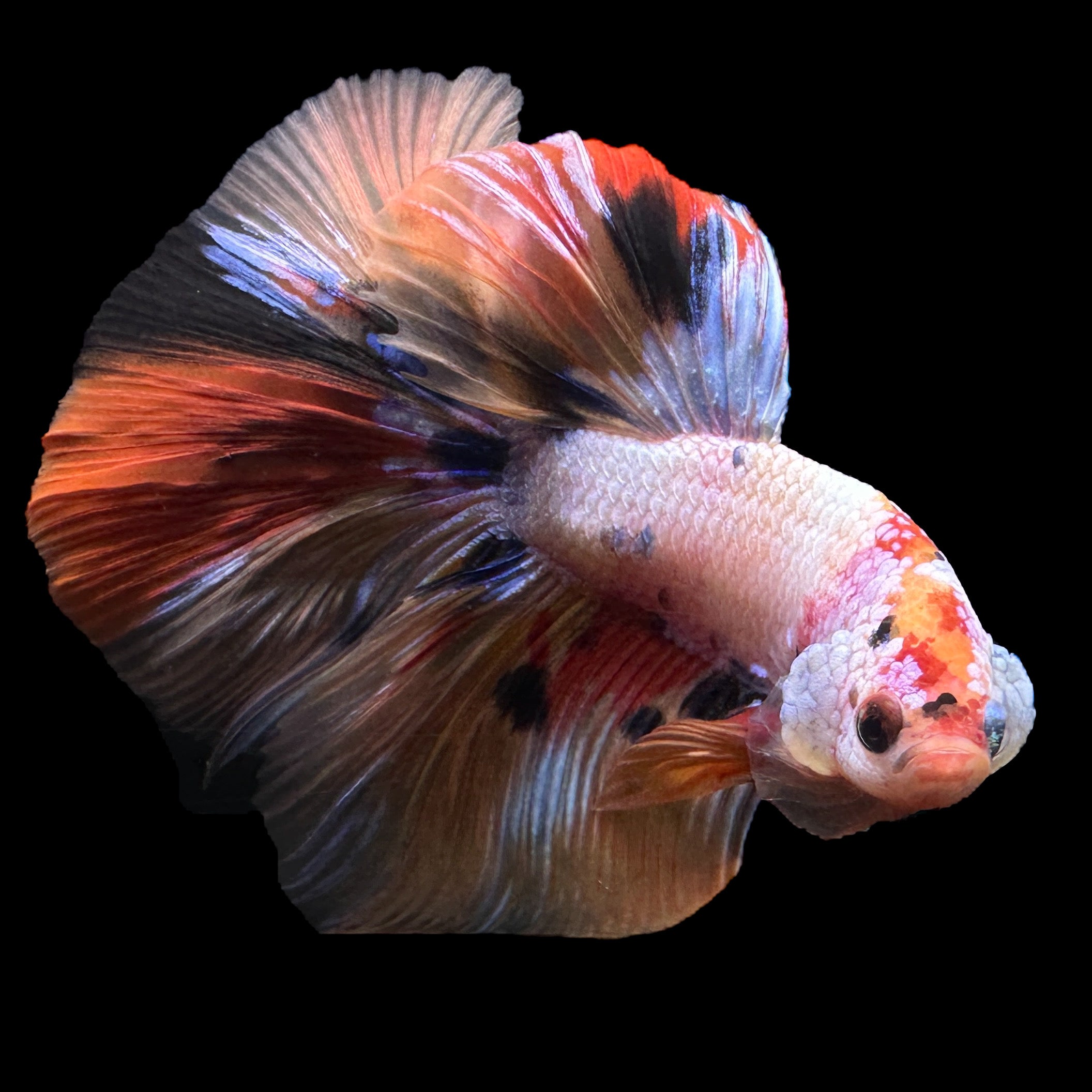The Ultimate Betta Fish Care Guide for New Pet Owners
The Ultimate Betta Fish Care Guide for New Pet Owners
Blog Article
Exactly How to Breed Betta Fish Effectively: Professional Methods and Insights for Hobbyists Aiming To Expand Their Betta Collection
Reproducing Betta fish needs a nuanced understanding of genes and ecological conditions, making it important for enthusiasts to approach the procedure with both diligence and treatment. Creating an optimal breeding setting, selecting the ideal pairs, and observing the complexities of their courtship behaviors are foundational actions that can significantly impact the end result.
Comprehending Betta Fish Genetics
Understanding the genetics of Betta fish is important for successful breeding, as it affects characteristics such as color, fin form, and behavior. Betta fish display a varied array of shades and patterns, greatly figured out by their hereditary makeup.
Along with coloration, fin morphology is an additional significant element of Betta genetics (betta fish). The shape and dimension of fins are influenced by different genetics, consisting of those that determine whether the fins are brief, long, or veil-shaped. Understanding these genetic variations assists breeders anticipate the phenotypic end results of their spawn
Moreover, behavior characteristics such as aggressiveness and territoriality can also be influenced by genetics. These behaviors play an important role in the breeding procedure, as they can impact spawning success and the overall personality of the resulting fry. By adequately recognizing these hereditary principles, breeders can make informed decisions, inevitably boosting their reproduction programs and accomplishing desirable results.
Preparing the Breeding Atmosphere
Creating an ideal reproduction atmosphere is crucial for the effective reproduction of Betta fish. The very first action in preparing this atmosphere is to pick an appropriate breeding tank, preferably ranging from 5 to 10 gallons.
Next, consider the usage of a sponge filter or an air stone to provide mild water blood circulation without developing strong currents that can worry the fish. It is important to install plants or breeding cones to supply hiding areas and promote convenience for the woman throughout the spawning process. Floating plants, such as Java moss or water sprite, can likewise create an extra native environment while promoting bubble nest building by the male.
Before introducing the reproducing sets, make certain the water is conditioned and devoid of damaging chemicals, such as chlorine or hefty steels. betta fish. Routine water adjustments should be conducted to keep optimal water top quality, boosting the possibilities of successful breeding. With these prep work in position, the breeding atmosphere will certainly support the health and wellness and well-being of both Betta fish
Choosing Breeding Pairs
Picking the best breeding sets is important for attaining successful Betta fish reproduction. Healthy and balanced Betta fish show vivid colors, clear eyes, and active habits.
Personality is another important consideration, as Betta fish are understood for their hostile nature. It is advisable to select a male and lady that display compatible personalities to decrease anxiety during the breeding process. A tranquil man can urge a smoother courtship, while a lady that is also aggressive might interrupt the procedure.
Genetic history also plays a substantial role in the high quality of the spawn. Breeding fish that are genetically varied can lower the risk of genetic health problems and enhance the total vigor of the fry. It is valuable to investigate the family tree of both the man and female, concentrating on preferable traits such as fin type, shade patterns, and dimension.
The Breeding Process
The reproduction process of Betta fish requires cautious preparation and focus to detail to guarantee an effective end result. Initially, it is important to prepare an appropriate reproduction container, ideally a 5-10 gallon aquarium with a temperature level kept at 78-80 ° F. The storage tank ought to be furnished with a heating system, filter (ideally sponge kind to prevent strong currents), and lots of water plants for the woman to conceal.
When the atmosphere is established, present the chosen reproducing set to the storage tank, enabling them to accommodate. Observe he has a good point their actions; the male will display elaborate courtship rituals, consisting of flaring his other fins and constructing a bubble nest. If the lady reveals rate of interest, she will show vertical stripes indicating readiness for spawning.
When the lady is receptive, the set will take part in a mating welcome, during which the male feeds the eggs. It is essential to check their interactions closely, as the male might end up being hostile. After spawning, eliminate the woman to stop prospective damage. The man will certainly have a tendency to the eggs, which commonly hatch out within 24-36 hours. Maintaining ideal water conditions throughout this period is crucial for the growth of healthy Betta fry.
Taking Care Of Betta Fry

Feeding Betta fry is vital, as they call for a diet plan high in healthy protein. They can be fed infusoria or fluid fry food, transitioning to carefully smashed top quality pellets as they grow. Feed small portions numerous times a day to urge healthy and balanced development without overloading the tank with uneaten food.

As they grow, monitor their development carefully and divide any type of hostile individuals to stop damage. By providing a nurturing setting their website and appropriate nourishment, hobbyists can effectively raise Betta fry into vivid, healthy fish, inevitably enhancing their reproduction endeavors.
Verdict
Successful Betta fish breeding calls for meticulous interest to hereditary selection, ecological problems, and treatment for the fry. By understanding the genetics of Betta fish and preparing an ideal breeding atmosphere, enthusiasts can boost the chances of creating lively, healthy children. Selecting compatible reproduction pairs and carefully checking the courtship and spawning processes are necessary. Finally, offering ideal take care of the fry guarantees their healthy advancement, adding to a successful Betta collection.
Report this page